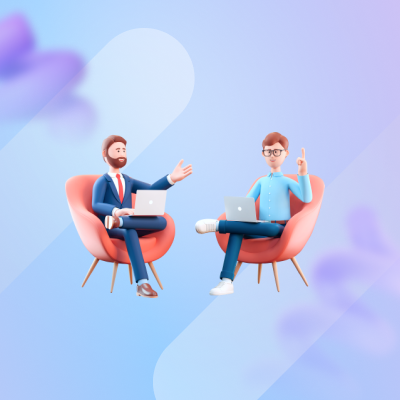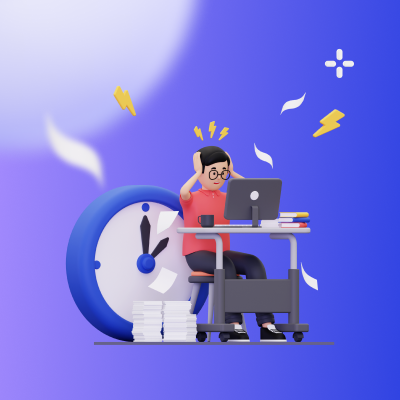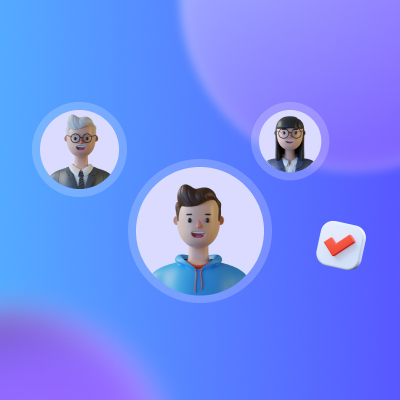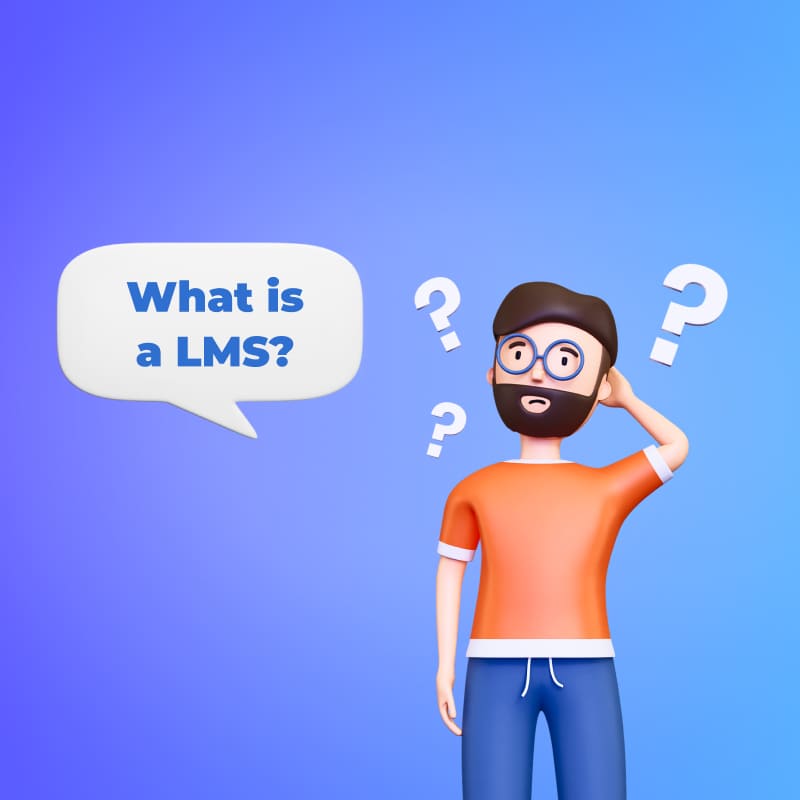The MLH Blog
The latest updates, stories, ideas and guides from the MLH team
 The correlation between changing roles in L&D
Changing times require an adaptive way of enabling people to perform. So it makes sense that traditional roles within the L&D sector are changing too.
The correlation between changing roles in L&D
Changing times require an adaptive way of enabling people to perform. So it makes sense that traditional roles within the L&D sector are changing too.
 P2P learning and the power of mentorship
Peer-to-peer learning can be a really useful L&D tool for facilitating knowledge sharing across an organisation. But only if it’s done correctly.
P2P learning and the power of mentorship
Peer-to-peer learning can be a really useful L&D tool for facilitating knowledge sharing across an organisation. But only if it’s done correctly.
 How to get good feedback on training from employees
The benefits of getting feedback from your teams on the impact of your training are huge. Get up to speed here.
How to get good feedback on training from employees
The benefits of getting feedback from your teams on the impact of your training are huge. Get up to speed here.
 A bottom-up approach to learning content creation and sharing
Giving learners more ownership — via a bottom-up approach to L&D — is one of the most powerful ways of keeping top talent and making them feel valued.
A bottom-up approach to learning content creation and sharing
Giving learners more ownership — via a bottom-up approach to L&D — is one of the most powerful ways of keeping top talent and making them feel valued.
 Understanding unconscious bias in the workplace
What unconscious bias is, why it’s a problem, and what we can do to prevent it from impacting others in the workplace.
Understanding unconscious bias in the workplace
What unconscious bias is, why it’s a problem, and what we can do to prevent it from impacting others in the workplace.
 Training for trainers: 5 skills all effective coaches need and how to develop them
Get your training for trainers right and elevate your Learning & Development across the board! Here’s our guide to effective training for trainers and the 5 skills that great coaches need.
Training for trainers: 5 skills all effective coaches need and how to develop them
Get your training for trainers right and elevate your Learning & Development across the board! Here’s our guide to effective training for trainers and the 5 skills that great coaches need.
 How to conduct a training needs analysis: definitions, benefits and step-by-step instructions
Conducting a training needs analysis is the first step to developing a successful training programme. But what is a training needs analysis? And how can you conduct one?
How to conduct a training needs analysis: definitions, benefits and step-by-step instructions
Conducting a training needs analysis is the first step to developing a successful training programme. But what is a training needs analysis? And how can you conduct one?
 Developing & retaining high-potential employees
Employers believe that money is the answer to employee retention but employees don’t agree. Explore how you can identify high-potential employees — and how you can hold onto them.
Developing & retaining high-potential employees
Employers believe that money is the answer to employee retention but employees don’t agree. Explore how you can identify high-potential employees — and how you can hold onto them.
 Partner training 101: why an LMS is a good way to enable your partner network
Partner training is essential for businesses that rely on a network of empowered contractors or customers to succeed. When you need partners to see *only some* of your Learning and Development content — without using your internal platforms — how do you roll this L&D out?
Partner training 101: why an LMS is a good way to enable your partner network
Partner training is essential for businesses that rely on a network of empowered contractors or customers to succeed. When you need partners to see *only some* of your Learning and Development content — without using your internal platforms — how do you roll this L&D out?
 How to perfect your eLearning content distribution strategy
Are you using the best distribution strategy for your L&D content? Here we compare the pros and cons of the most common L&D delivery methods so you can find the right fit.
How to perfect your eLearning content distribution strategy
Are you using the best distribution strategy for your L&D content? Here we compare the pros and cons of the most common L&D delivery methods so you can find the right fit.
 Gamification and personalisation in the workplace: winning the fight for user attention
With our collective attention span decreasing, how can you use gamification and personalisation to help you win the fight for user attention in the workplace?
Gamification and personalisation in the workplace: winning the fight for user attention
With our collective attention span decreasing, how can you use gamification and personalisation to help you win the fight for user attention in the workplace?

Sign up for Constant Change
Subscribe and receive new issues twice a month
 Generational theory in corporate learning: how to do training for Gen Z, Y, X, and Boomers
Gen Z, Millennials, Gen X and Baby Boomers are now working side by side in organisations up and down the country. This generational mix brings opportunities for employers but also presents challenges that managers have to address.
Generational theory in corporate learning: how to do training for Gen Z, Y, X, and Boomers
Gen Z, Millennials, Gen X and Baby Boomers are now working side by side in organisations up and down the country. This generational mix brings opportunities for employers but also presents challenges that managers have to address.
 The one value that unites generational differences in the workplace
There are now four generational groups in workplaces: Boomers, Gen Xers, Millennials and Zoomers. With the focus often on the differences between generations, we often forget about the common ground — and the one value that unites them.
The one value that unites generational differences in the workplace
There are now four generational groups in workplaces: Boomers, Gen Xers, Millennials and Zoomers. With the focus often on the differences between generations, we often forget about the common ground — and the one value that unites them.
 What is learning and development: overview, importance and training rollout
Did you know that close to two-thirds of all employees have had no Learning and Development training? With L&D increasing employee retention and productivity, it’s time to put the business case together. Where to start?
What is learning and development: overview, importance and training rollout
Did you know that close to two-thirds of all employees have had no Learning and Development training? With L&D increasing employee retention and productivity, it’s time to put the business case together. Where to start?
 Gamification in e-learning
None of us is always in the mood for training so motivation is important to encourage employees to make a start and complete courses.
Gamification in e-learning
None of us is always in the mood for training so motivation is important to encourage employees to make a start and complete courses.
 Tips on How to Choose The Best LMS
Looking for tips on how to choose the best LMS? Look no further. Read this blog before purchasing an LMS.
Tips on How to Choose The Best LMS
Looking for tips on how to choose the best LMS? Look no further. Read this blog before purchasing an LMS.
 What is a learning management system?
A learning management system gives an organisation the technology tools to put its learning strategy into practice.
What is a learning management system?
A learning management system gives an organisation the technology tools to put its learning strategy into practice.
 A brief history of LMS
Organisations have managed learning in one way or another for centuries, but it is the development and proliferation of computing and communications devices that have brought learning management systems to where they are today.
A brief history of LMS
Organisations have managed learning in one way or another for centuries, but it is the development and proliferation of computing and communications devices that have brought learning management systems to where they are today.



